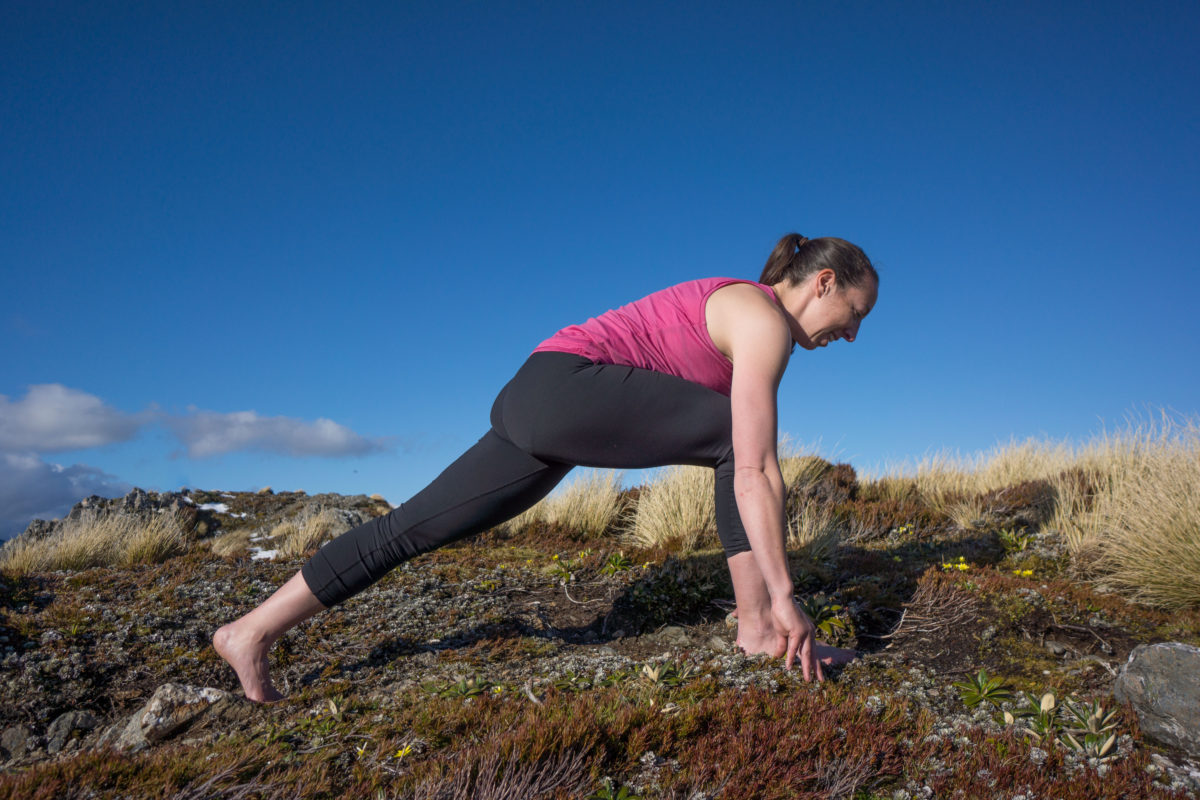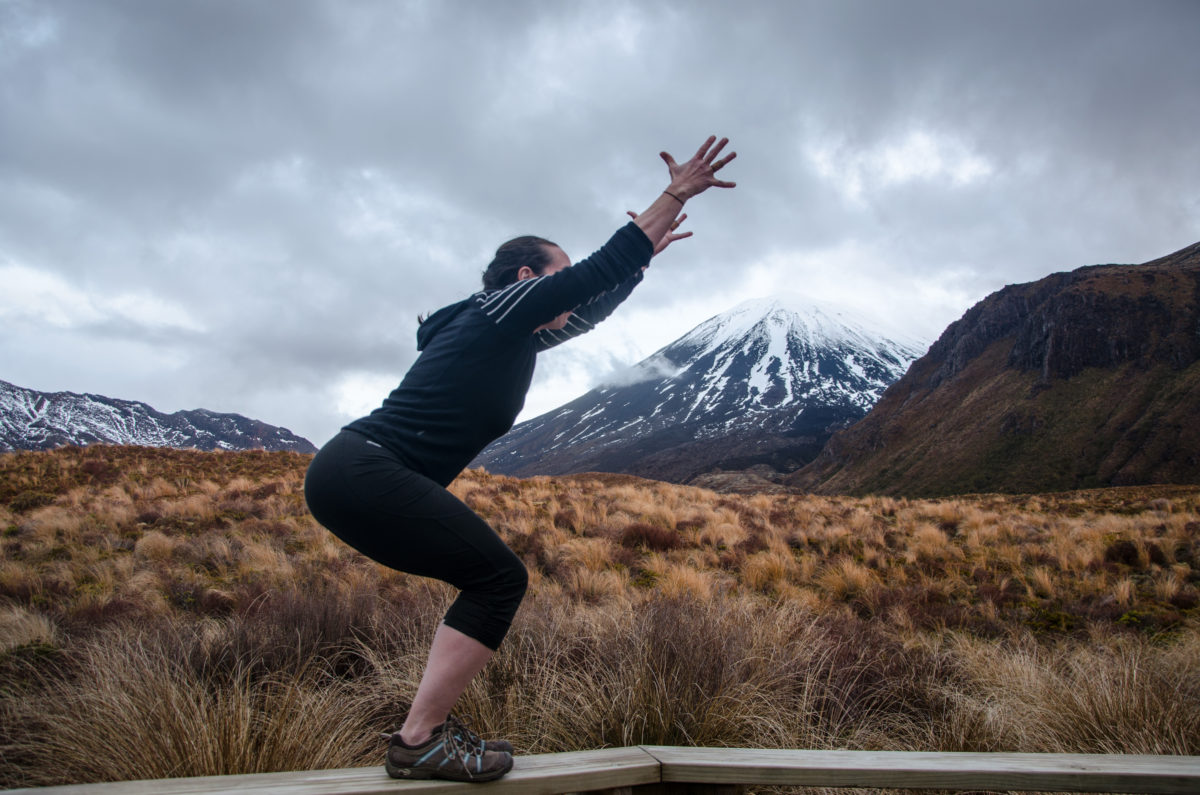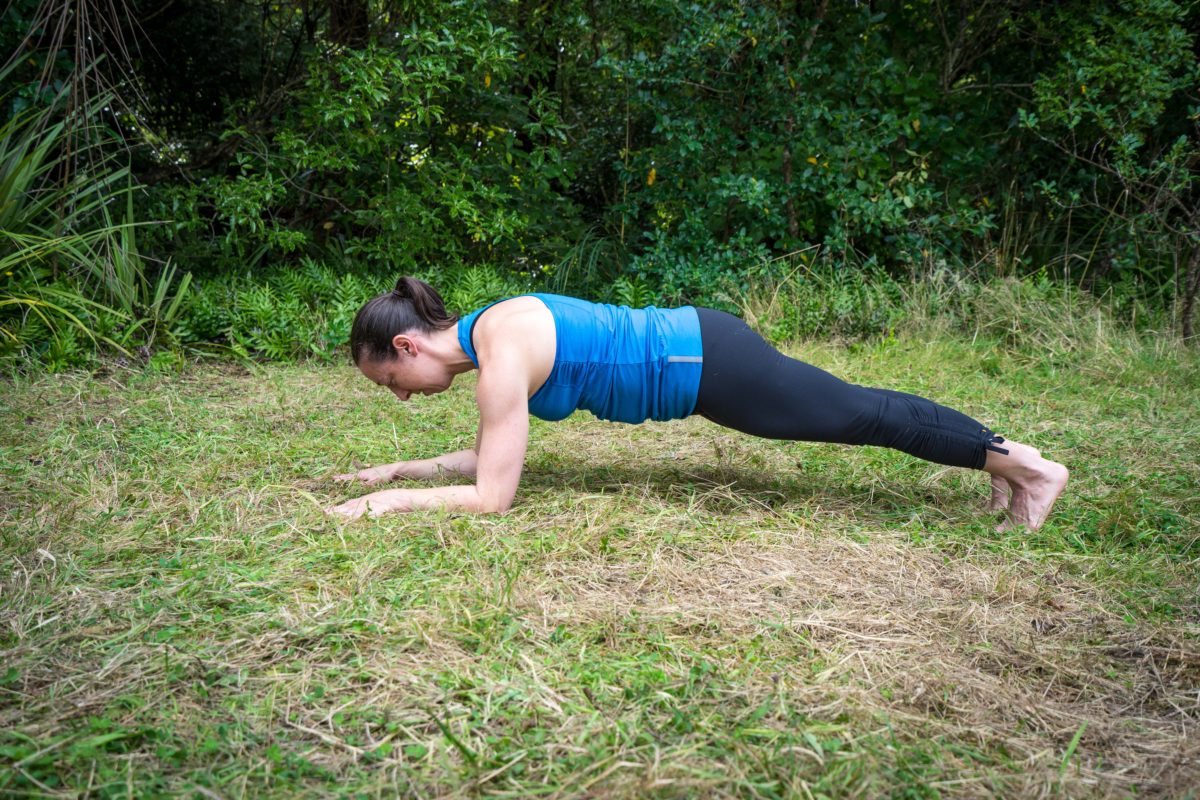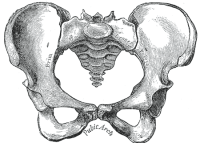
Sometimes in yoga, we’ve been taught to keep the feet together – particularly when standing and bending forward. There are many theories where this alignment cue originates from – particularly when you consider that most physical poses from yoga (or asanas) originated in the 20th century in India.
All these things contribute to patterns in our body – particularly in our hips. We are less likely to have mobility in our hips which in turn affects other parts of our body like the knees, back and shoulders.
In more recent years, some approaches to yoga alignment are shifting to take into account the ‘modern western body’ – in this case the more common characteristics that as a culture we usually don’t sit on the floor, don’t squat as a resting position, and don’t squat to poop (or for women to pee as well). If anything we sit…a lot…at work, in the car, in front of the TV and computer.
Yoga is good for moving and stretching chronic patterns of tension but you can’t change everything instantly. It takes time and sometimes some movements will never be possible. To make yoga safe and make some positions more accessible we need to make space or room for our hip joints.
Which brings me back to the your feet. When your feet are positioned hip-width apart (e.g. the distance between your feet is similar to the distance between your hips), you give your hip joints more room to move.
You can see this in yoga in many positions. Try it yourself and see what you think.
First, just try standing with your feet together and then apart. Take a few minutes to stand there and notice how your feet, knees, hips, thighs, buttocks and back feel. Now try both and bend forward – how does it feel
To really see how much a difference it can make, try the following yoga poses with both positions for your feet and think about how it affects your knees, buttocks, hips and back:
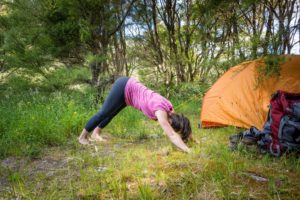
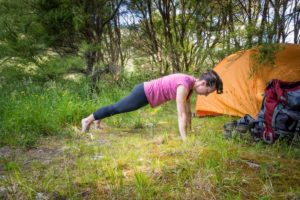
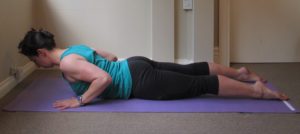
This even shows up in lunges and trikonasana, and many other positions where the legs are apart but you still have a choice to have your feet in a single line, or slightly spread apart on two lines – think of the difference between having one foot each on a train track, versus both feet on the same track. Having your feet hip-width apart can give your hip joints enough room to let your pelvis be in a healthy safe alignment. And that has the added bonus of improving the stretch because you aren’t compensating in body.

